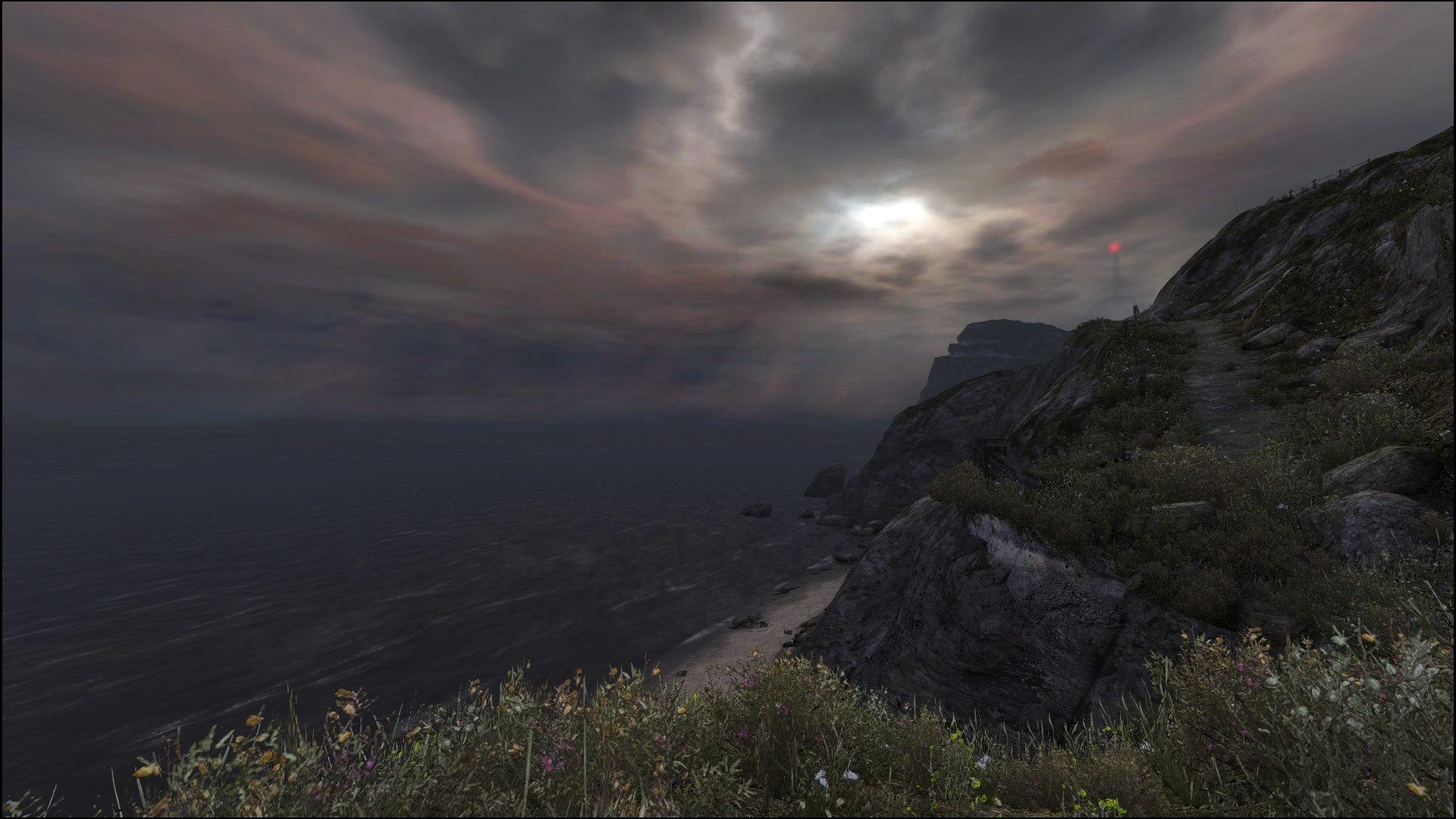

The event sold out and its popularity led to a UK tour in 2017/2018 and further shows in Germany and Holland. The 2016 release coincided with a live playthrough of Dear Esther at the Barbican including live musicians and narration. In addition, the landmark edition also features a developer’s commentary with Pinchbeck, Briscoe and Curry that discusses the process of making the game, as well as the narrative and setting. The sound was once again remastered, accessibility and menu options were improved, achievements were added and there is now a greater variety of subtitle languages available. In 2016, The Chinese Room ported the game onto the Unity 5 engine and released Dear Esther: Landmark Edition, allowing it to be played on console. Screenshot of the original 2008 iteration of Dear Esther
DEAR ESTHER SCREENSHOTS FULL
The experience was unexpectedly well received enabling the funding of a full Source remake in 2012, the artwork was completely overhauled by Rob Briscoe and the soundtrack, composed by Jessica Curry, was re-recorded with a live orchestra.

The game started as a Half-Life mod, a project led by Dan Pinchbeck which released in 2008. Nonetheless, the term has caught on and there is now a wide range of walking simulators available across platforms. In fact, the developers had trouble categorising the game at all, feeling that ‘walking simulator’ was too reductive and initially referring to it as an ‘interactive ghost story’. It essentially founded and defined the ‘ walking simulator‘ genre. Dear Esther is a game changer – literally.


 0 kommentar(er)
0 kommentar(er)
